The future of science communication: How it Works chats social media with Soph talks science
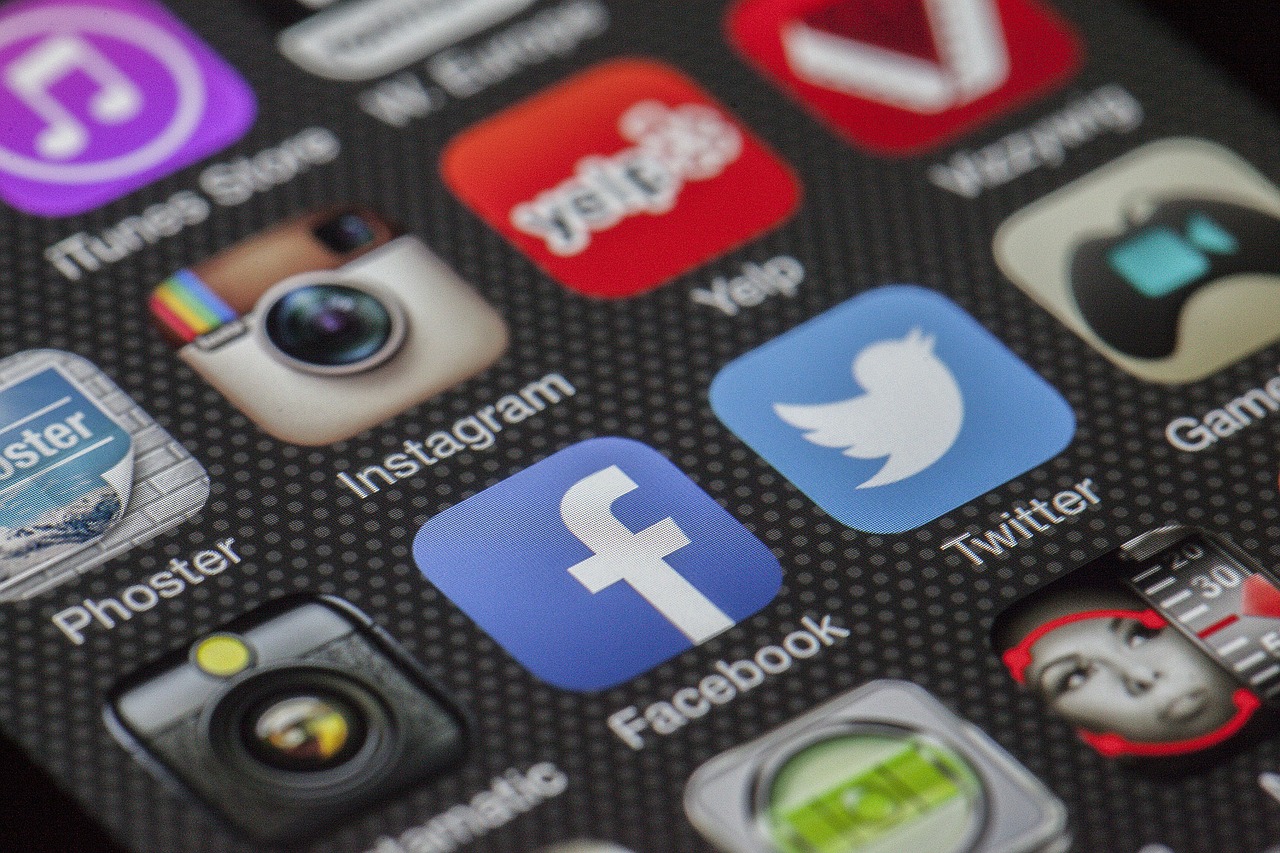
How it Works catches up with Sophie Arthur of Soph talks science to learn about how scientists are breaking out of the laboratory and into the world of social media
It’s out with the old and in with the new for the scientists who are opting to put down their pipette and pick up their phones to change the face of how they communicate their work. Instagram, Twitter, Facebook, Tumblr – these STEM communicators are using stunning photographs, interactive games, and engaging videos to make their research accessible to everyone. Using social media in science communication is fast becoming a way to communicate ideas, open doors to a younger audience, connect with others with similar research interests, and stay inspired by other people in STEM.
Sophie Arthur is one of these scicommers, having recently celebrated her three year anniversary as a science communicator on social media. We caught up with Soph to find out what all the fuss is about.
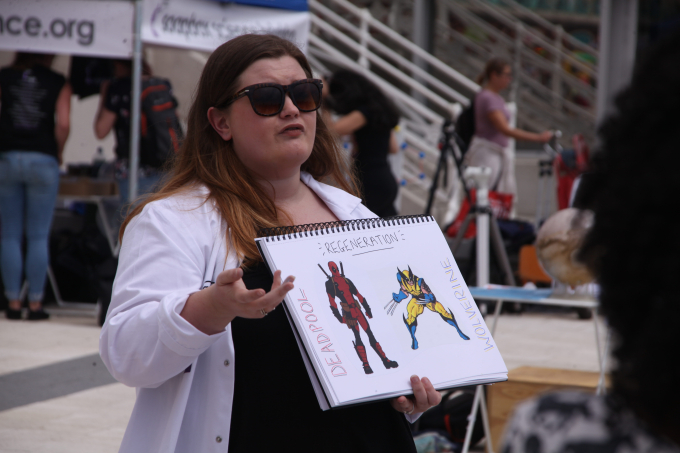
Soph uses superheroes to explain the science behind regeneration
Hey Soph! Thanks for speaking to us, and congratulations on the recent three year anniversary for your blog. How did you get into this?
Thanks for having me! The idea started when I was finishing my undergrad degree back in 2014. I was finishing my degree and didn’t really know what I want to do with my life afterwards. I had always loved the thought of being a writer and sharing science with anyone who wanted to listen but I knew I had no real writing experience and so Soph talks science was born. It was a way for me to practice my science writing and see if it was for me. But I didn’t stick to it. It wasn’t until halfway through my PhD where my passion for science communication reignited and I believed in myself a bit more and realised what I could do with Soph talks science and the rest, as they say, is history.
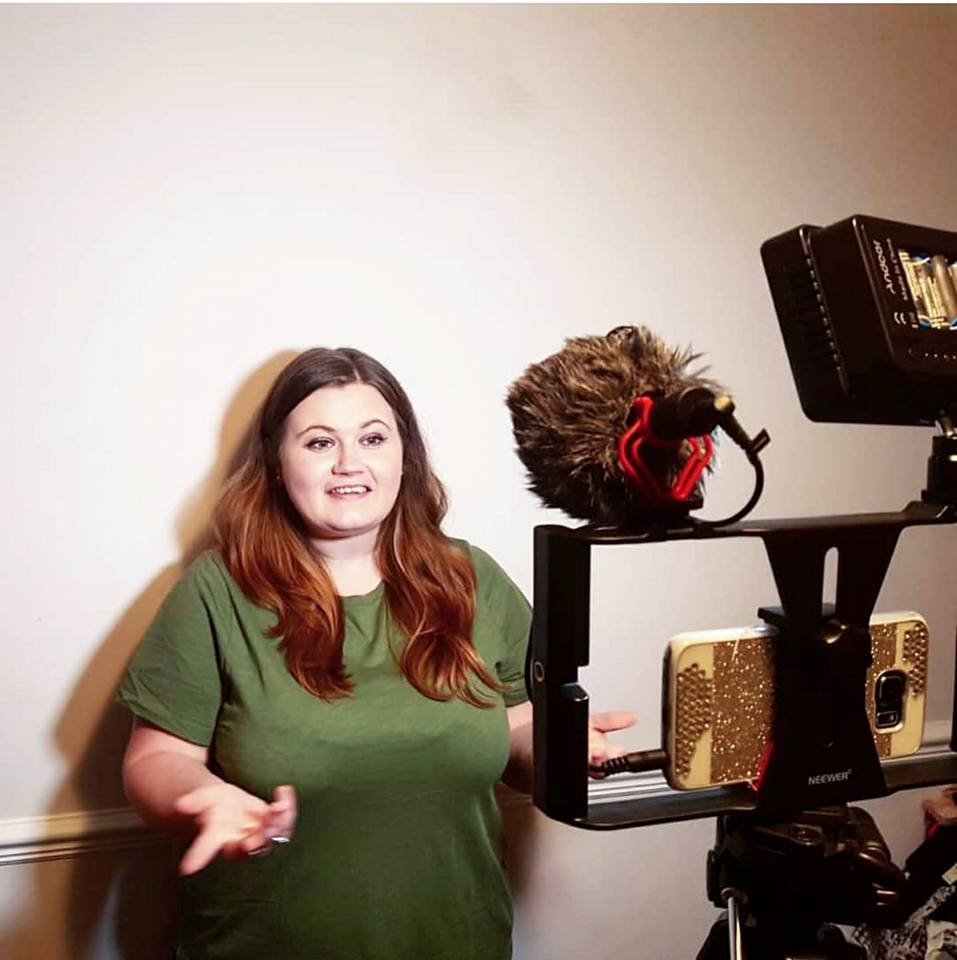
You get really creative on your social media accounts to engage a diverse audience. What sort of topics do you find yourself covering the most?
Oooh, a little bit of everything really. I like to interview real-life scientists to showcase their passions inside and outside of work to hopefully break down the stereotypes associated with being a scientist. I share insights into my life in the lab and share tips and advice for students studying their PhD or thinking about starting one.
I share blog posts about science and science communication events I’ve attended or was involved with. But all the way to general science things like how sun cream works, why we age, the science behind the recent lunar eclipse and all in between. I just want it to be a celebration of science and scientists to inspire everyone to know that everyone can be a scientist. All you need is passion and curiosity.
There’s been some criticism of scientists using social media to communicate their research as being ‘unprofessional’. Do you think that scicomm has just moved past the days of textbooks and scientific journals?
Oh, 100%. Science communication for me is so much more than textbooks and journals. Using social media platforms like Instagram and YouTube etc allows everyone to be included in science. It allows science communicators to express their own creativity to create content to share with their audiences. Possibly even audiences they would never have reached before and perhaps spark a seed of curiosity in that individual.
Using social media for scicomm also allows an audience to contact someone who has done the degree, nearly done the PhD and ask for advice or at least get an honest account of what a PhD or life as a scientist might actually be like. It gives an audience a familiar and friendly face to ask questions to and engage with about shared passions. I also think it shows an audience that you can follow whatever path you want to. Growing up and having an interest in science you might have only heard of scientists like Albert Einstein or Rosalind Franklin for example and think that you could never be a scientist. But being seeing ‘normal’ people like me sharing their life as a scientist on social media might make them change their minds and think ‘Yes, I can do that’. Its all about inspiring all sorts of audiences and inclusion for me.
I really love how many science Instagram accounts I’m seeing these days – doctors, astronauts, biologists, chemistry. It’s great to see people stepping out of the white laboratory coat and into the world of social media. Do you think it’s a natural progression of science communication or is there something that has made people step out into the digital age of science communication?
Science communication is about sharing honest and reliable information to not only the scientific community but also the public too. I think the rise of the digital age has helped to improve the connections between researchers in the lab and the community which would definitely have not looked at peer-reviewed journals for their latest science news because of the scientific jargon associated with manuscripts and the paywalls. That frustrates me as a scientist let alone a curious individual trying to find the true source of the latest media headline! But I am really excited to see that more and more journals are accepting video abstracts.
A group can share a short video summarising their recent advancement that’s accessible for everyone! The peer review system is flawed but that’s for me is a completely separate issue. In terms of science communication, the availability of new resources like social media is helping scientists to reach a much more varied audience than simply removing a paywall would. But there are also two distinct audiences I think because an aspiring science lover is going to want info in short and engaging ways and not just having to dredge through a heap of papers.
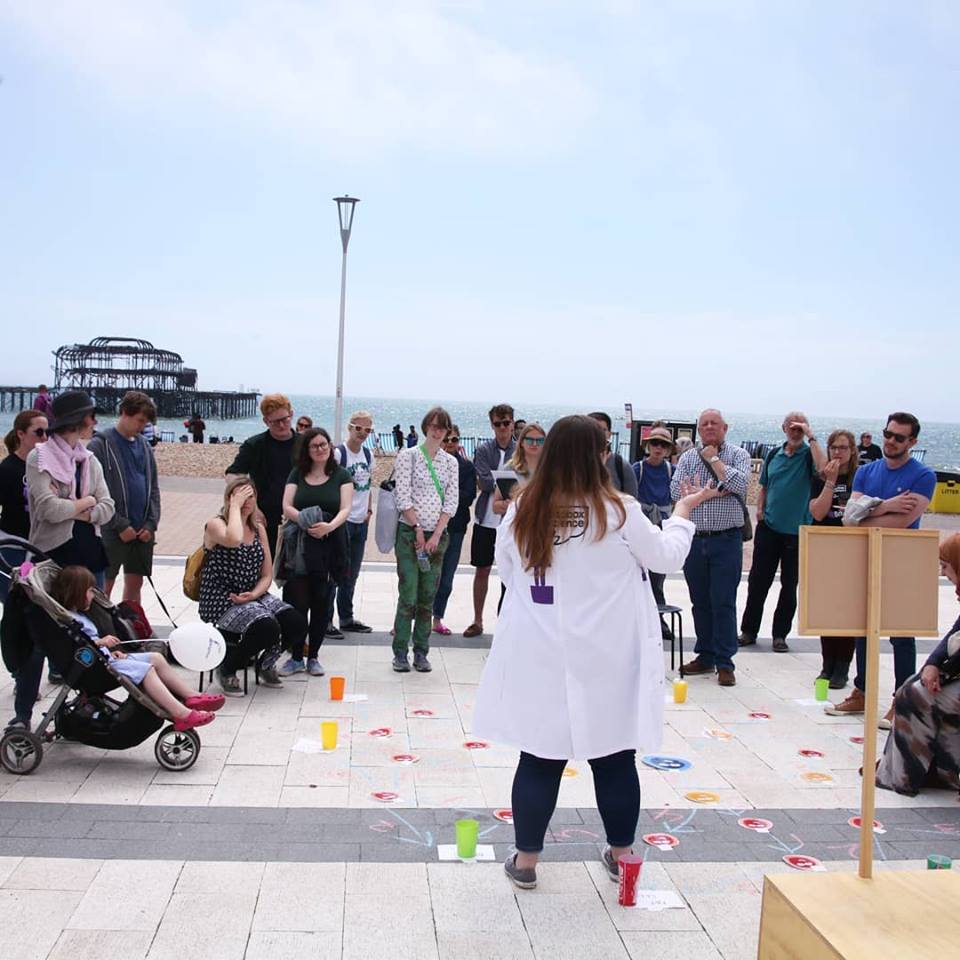
SoapBox Science is a pop up event around the UK where scientists talk about their work on the streets
That’s a really good point. Dredging through papers isn’t the most engaging ways to involve aspiring scientists in the field. Now we have YouTube videos, blogs, Twitter, pop up science like Soapbox Science, obviously Instagram. What do you think will be the next step in science communication?
For me, I think the future of scicomm lies in videos and podcasts. But not just prerecorded sessions and animations, it will be all about the live videos! With the live capabilities on YouTube and Instagram, it gives you a chance to engage and interact with real-life scientists in that moment and ask even more questions. With joint Instagram Lives [a new feature that allows you to broadcast live videos with another Instagram account], you can see discussions and presentations between scientists.
You can even see more behind the scenes at events like science festivals and so on. The future of scicomm is about live videos and engaging with the community using social media and live events. For me I definitely want to do more videos and gain confidence for more lives too!
It would be great to see more live videos and ways to interact with real-life scientists. Are there any researchers on social media that you particularly follow that our readers will love?
Where do I start? There are so many incredible different scientists and engineers in communities like The STEM Squad and The Sci Community online. No matter what you like there will be someone who is sharing science in a way you love. I love following @emmanigma who uses good old chalk and a blackboard to share astrophysics and @thesushiscientist uses sushi to share neuroscience for example. Some of my other favourites are @thespacegal @erinwinick @scigirlsas @dan_the_bio_man @thelabnotebook and so many more. Check it out! Whatever your interests, there will be a scicommer there sharing what you love in a way you will love to engage with.
How about people who are new to sci comm? Do you have any advice for researchers who are thinking about communicating their research on social media?
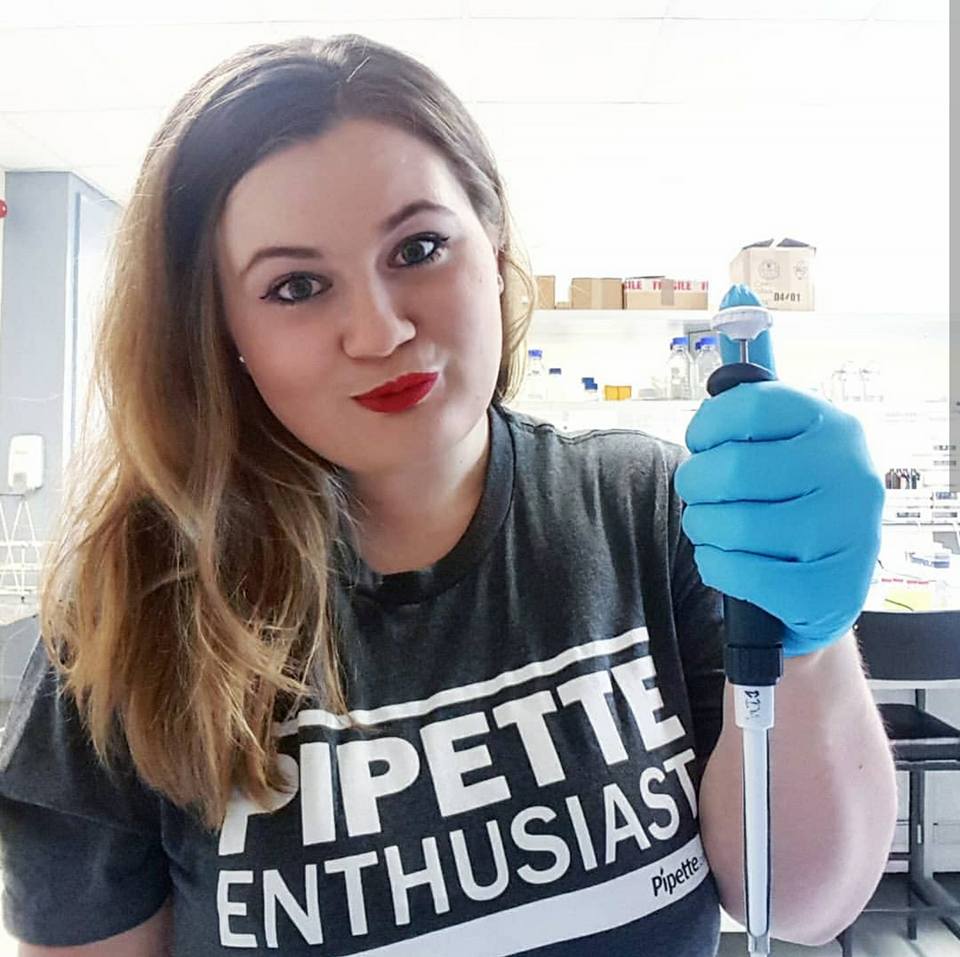 I would advise anyone wanting to communicate science is to try out anything and everything to see what is best for you. Whether that’s social media, YouTube, blogging, podcasts, events, science art or even comedy, the list is endless of options. Find out what medium is best for you to express yourself. But more importantly stay true to yourself and what you stand for. Social media is such a powerful educational tool that we all walk around with in our pockets.
I would advise anyone wanting to communicate science is to try out anything and everything to see what is best for you. Whether that’s social media, YouTube, blogging, podcasts, events, science art or even comedy, the list is endless of options. Find out what medium is best for you to express yourself. But more importantly stay true to yourself and what you stand for. Social media is such a powerful educational tool that we all walk around with in our pockets.
There are billions of users every single day all around the world so using social media for scicomm allows you to reach even more people and particularly people that might never have considered STEM careers as an option. It allows us to ‘normalise’ scientists so they are seen as relatable individuals but also as a lot of science funding is publicly funded social media is a fun and engaging way to share what researchers are doing with that money and to gain trust in scientists too.
You can find more about Sophie’s work on her blog as well as Instagram (@soph.talks.science) and Twitter (sophtalkssci).
For more information about science and technology, visit our website now. If you have a tablet or smartphone, you can also download the latest digital version onto your iOS or Android device. To make sure you never miss an issue of How It Works magazine, subscribe today!





